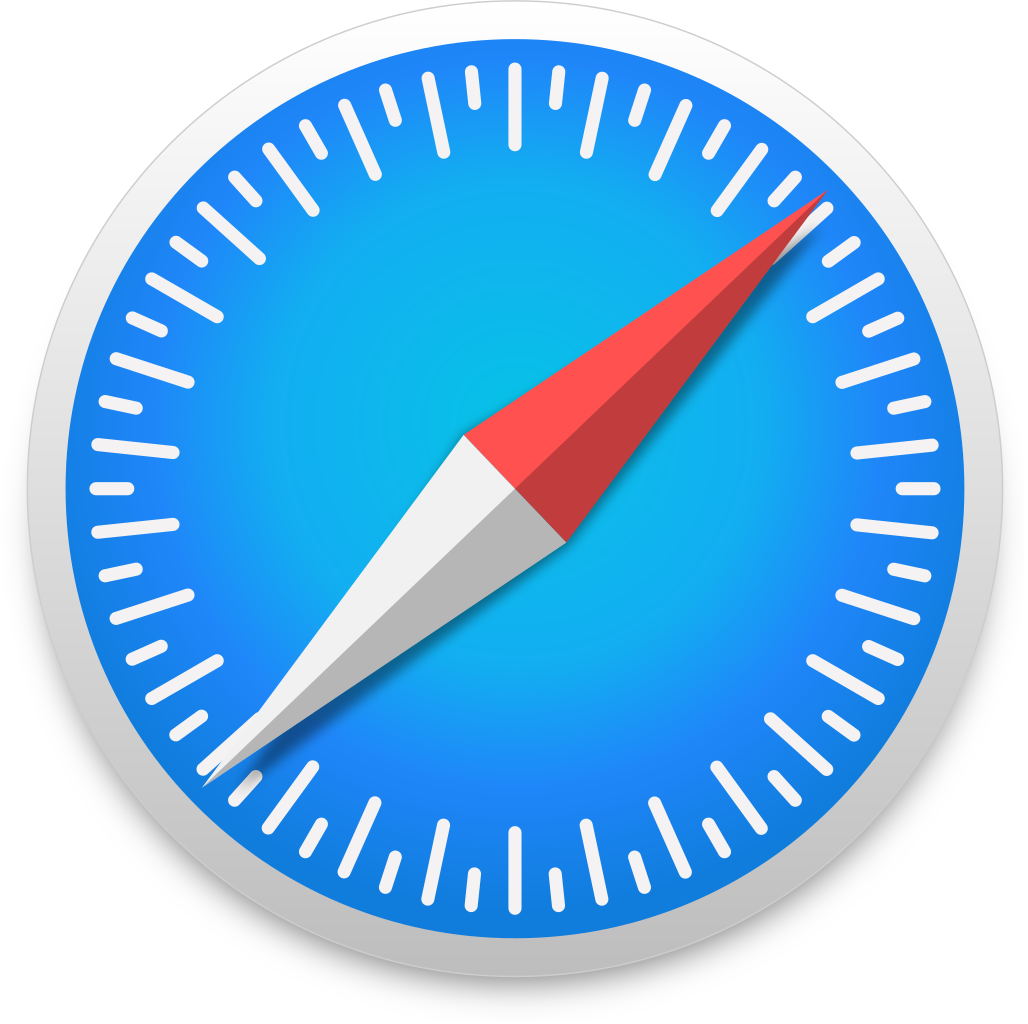In an era of unprecedented technological evolution, the business landscape is undergoing a metamorphosis. At Positive, our decade-long commitment to the mantra "The world is changing. Are you ready?" has never rung truer. The rapid integration of cutting-edge digital technologies — smart technology, AI, automation, and robotics — is reshaping the fabric of work, heralding a new age of innovation and opportunity.
As companies strive to embrace this digital transformation and maintain their competitive edge, the focus extends beyond merely updating business models. It now centres on nurturing the indispensable skills and competencies demanded by this evolving landscape. The sheer velocity and magnitude of this change highlight how these new technologies will revolutionise workplaces and how employees can stay ahead (Acemoglu and Autor, 2011; Frey and Osborne, 2013; Brynjolfsson and McAfee, 2014). Research carried out in August 2023
reveals that over two-thirds of professionals (67%) believe the emergence of AI and generative AI will have a high or transformational impact on their profession in the next five years. Microsoft's newest report underscores this shift, noting that 75% of employees are now integrating AI into their work and are not waiting for their companies to catch up. To remain in stride, a fundamental shift in mindset becomes imperative, not just for individuals but also for teams and organisations.
“The pace of change has never been this fast, yet it will never be this slow again.”
Justin Trudeau, World Economic Forum 2018
It's fair to say we've all become familiar with interactions we can have with GPT models – we ask a question, and assuming the question is clear, we'll receive a sensible response. However, the real intrigue lies in how we can leverage these models for our benefit and understand their inner workings. Perhaps AI and the human brain are more alike than we initially thought. Grasping this similarity is the first step in harnessing the AI-human interface within businesses.
Outsourcing System 1.
AI is increasingly becoming a part of our daily lives, and to optimise this relationship, it's crucial to explore the parallels between these digital entities and humans. In his influential book “Thinking Fast and Slow,” Daniel Kahneman distinguishes between System 1 and System 2 thinking in the human brain. This framework interestingly provides a lens to understand our interactions with ChatGPT and other Large Language Models (LLMs).
Kahneman's System 1 and System 2 thinking – the former being fast and instinctual, the latter deliberate and analytical – mirrors our interactions with AI. Much like System 1 thinking, AI processes data rapidly and generates responses instinctively, sifting through extensive databases with the efficiency of human intuition. However, the AI-human interface is dynamic. We, as users, engage with AI outputs through the lens of System 2 thinking. We apply critical analysis, consider context, and exercise ethical judgment to refine AI-generated solutions. This interplay between AI and human intelligence creates a collaborative synergy where AI extends our innate capabilities, and we enrich AI's outputs with depth and nuance.
According to Microsoft's most recent report, 78% of AI users are bringing their own AI tools to work (BYOAI), a trend even more common at small and medium-sized companies (80%). This widespread adoption highlights the popularity and essential nature of our cognitive partnership in the modern era. AI doesn't replace human intelligence; it complements and amplifies it. Understanding this synergy is key to leveraging AI effectively in organisational settings. It heralds a new age where AI and human intelligence collaboratively achieve more than either could alone.
Curiosity didn’t kill the cat.
The irony lies in the fact that beneath the surface, AI systems and business workplaces share a common thread of complexity and adaptation. While modern businesses thrive on adapting to ever-changing market dynamics, many still struggle to fully embrace the transformative potential of AI. It's akin to possessing a powerful engine under the hood but hesitating to engage it, thereby missing out on opportunities for innovation and efficiency that AI could usher into the business landscape.
An English proverb warns, "Curiosity killed the cat," implying that excessive curiosity can be perilous. However, the more we explore the positive implications of working with AI, the more evident it becomes that insufficient curiosity can be equally detrimental. In fact, it has the potential to cause organisations to lag behind. When it comes to organisational culture and the shift towards AI literacy, curious cultures that embrace calculated risks are demonstrating automatic adoption: they explore AI's potential in their workflows and efficiency, absorbing knowledge much like learning algorithms. Conversely, those who approach AI with caution and fear, struggling to discern its parallels, are poised to be left behind. Building and embracing curiosity within the workforce is key here.
Curiosity, however, isn't merely an individual trait; it thrives within the collective. Within the landscape of digital transformation, the mantra "we don’t know what we don’t know" carries weight. Acknowledging the unknown isn't a vulnerability; it's a strategic asset, propelling a culture of continuous learning and collaborative problem-solving.
Here are actionable steps to infuse curiosity into your organisation’s DNA:
- Cultivate a Culture of Experimentation: Unleash the power of curiosity by creating a secure haven for your employees to dive into AI technologies fearlessly. Encourage them to explore, take calculated risks, and, crucially, embrace failures as opportunities for growth. In this environment, learning from setbacks becomes a badge of honor, not a stain on one's record.
- Leadership that Leads by Example: Curiosity starts at the top. Challenge your leaders and top management to authentically engage with AI and be genuinely inquisitive about its potential. When those in influential positions prioritise curiosity, it ignites a chain reaction that permeates the entire organisation. According to recent data, pilot managers have reports who are almost three times as likely to be pilots themselves. Pilots are workers with a unique combination of optimism and agency; they are optimistic about AI and its future implications, and their agency gives them the confidence to navigate change. By fostering this mindset at the leadership level, organisations can cultivate a culture of curiosity and proactive engagement with AI.
- Knowledge Sharing Oasis: Create dedicated knowledge-sharing platforms within your organisation’s ecosystem. Whether through vibrant forums, dynamic social channels, or insightful newsletters, these spaces become hubs where employees eagerly exchange AI-related articles, research papers, and profound insights. Leverage the expertise of power users – those who use AI extensively and across all areas of their roles – as their experimentation and curiosity are vital. AI experimentation is the number 1 predictor of whether someone will be a power user or not. The cross-pollination of ideas here fuels curiosity's fire.
“Around here, however, we don't look backwards for very long. We keep moving forward, opening up new doors and doing new things, because we're curious... and curiosity keeps leading us down new paths.”
Walt Disney Company
Take the next step.
Our team of psychologists, neuroscientists, and business experts are here to inspire sustainable change and innovation. From talks to leadership programmes, find the right solution for you and your business today.






